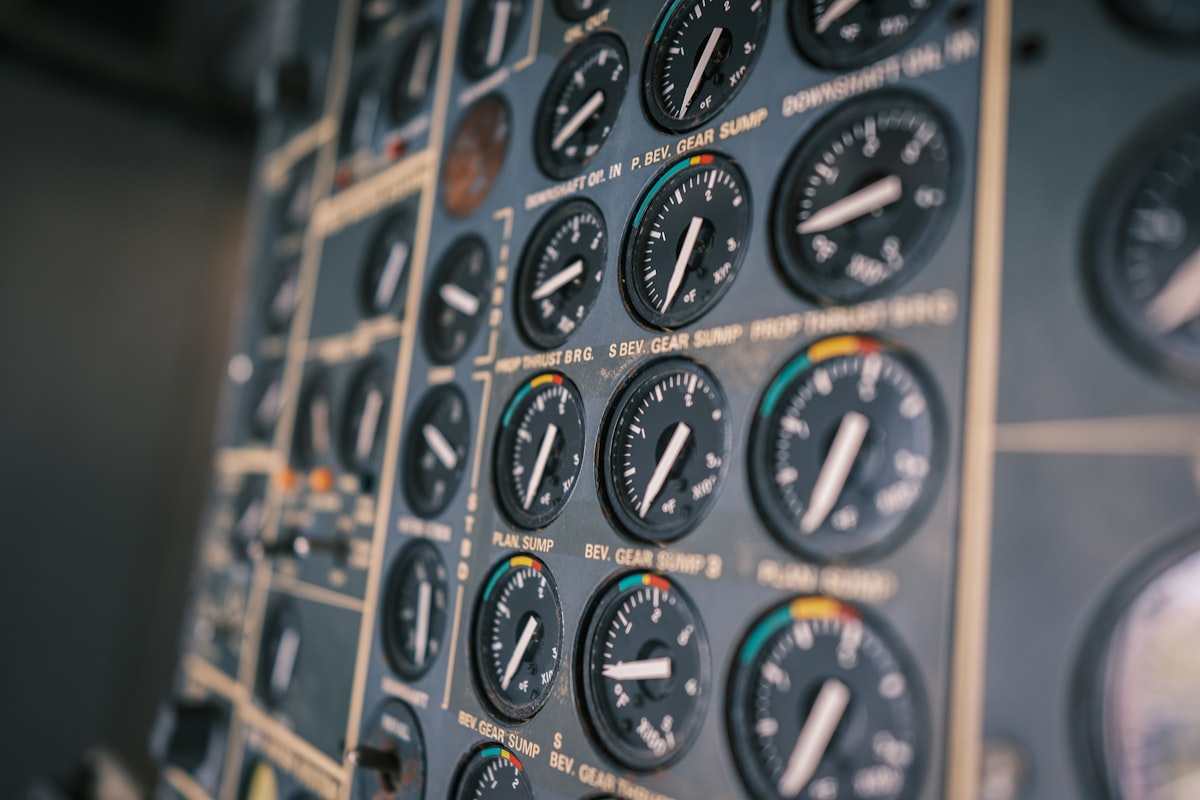Life Raft: A Crucial Safety Device on Water
Life rafts are critical safety equipment in maritime activities. They provide essential support and survival potential in emergency situations on the water. Understanding how they work, what they contain, and their significance can be a matter of life or death.

Types of Life Rafts
Life rafts come in various types designed to fit different requirements and vessel sizes. Some of the main types include:
- Offshore life rafts: Suitable for long voyages, these are built to endure harsh sea conditions and come with extensive survival gear.
- Coastal life rafts: Ideal for short-distance or nearshore sailing, they are less equipped but still robust.
- Inflatable life rafts: These are compact, easily portable, and activated by pulling a cord to inflate.
- Open-reversible life rafts: Available for small boats, these rafts are basic and can be boarded from either side.
Key Components of a Life Raft
Understanding the key components of a life raft ensures better preparedness. The essential parts typically include:
Inflation System: Modern life rafts use a CO2 inflation system that activates via a pull cord. Manual pumps can be used as backups.
Canopy: Protects inhabitants from harsh weather conditions, including sun, wind, and rain. Some canopies come with reflective tape for increased visibility.
Ballast Bags: Water-filled bags attached underneath to stabilize the raft in rough seas.
Survival Kit: Comprehensive kits might include water, rations, medical supplies, signaling devices, and fishing tools.
Boarding Aids: Ladders, ropes, or nets help individuals climb into the raft from the water.
Regulations and Standards
Life rafts are governed by international regulations to ensure their reliability. The International Maritime Organisation (IMO) sets the standards for commercial vessels. Their Safety of Life at Sea (SOLAS) convention establishes specific requirements:
- Life rafts must be able to withstand harsh marine environments.
- They should inflate within a short period of activation.
- Inflatable rafts should support a designated number of people.
- Signaling and survival kits must be readily accessible.
Regular inspections and servicing are mandated to ensure the life rafts remain in optimal condition. Non-compliance with these standards can lead to severe penalties and increased risk during emergencies.
Proper Usage and Deployment
Proper training in the use of life rafts can significantly impact survival. Steps to ensure correct usage include:
Before Deployment: Regularly check the life raft’s condition. Ensure everyone on board knows its location and how to access it.
During Deployment: Pull the activation cord firmly to inflate. If automatic inflation fails, use the manual pump. Secure the raft to the vessel to prevent drifting away.
Boarding the Raft: If the raft is offshore, stay calm and avoid panicking. Use boarding aids like ladders and ropes. Assist weaker individuals first, ensuring even weight distribution.
Survival in the Raft: Utilize the survival kit wisely. Ration food and water, protect against the elements, and use signaling devices to attract rescue teams.
Innovative Features in Modern Life Rafts
Technology has enhanced the efficiency of life rafts. Modern rafts come equipped with features such as:
Automatic Canopies: Deployable canopies that inflate along with the raft for immediate protection.
Insulation Layers: Advanced materials that offer better temperature regulation and thermal protection.
Self-righting Designs: Ensures the raft quickly gets upright if overturned, critical in rough seas.
Satellite Communication Devices: Integrated GPS and satellite messaging tools help in precise tracking by rescue teams.
Notable Life Raft Incidents
Real-life incidents underscore the importance of life rafts. One remarkable story is the survival of the crew from the yacht ‘Rose Noelle.’ The vessel capsized in the Pacific, and the crew survived over 100 days using the life raft.
Another significant event involved the Central American migrant crisis, where numerous lives were saved using life rafts during treacherous sea crossings. These stories highlight the key role life rafts play in emergency maritime situations.
Conclusion of the Role in Maritime History
Life rafts have played a crucial part in maritime history. From fishing boats to naval ships, these essential safety devices have evolved alongside technological and regulatory advancements. Their relevance is underscored by countless stories of survival. They remain indispensable for every vessel navigating the unpredictable waters.




Subscribe for Updates
Get the latest articles delivered to your inbox.
We respect your privacy. Unsubscribe anytime.